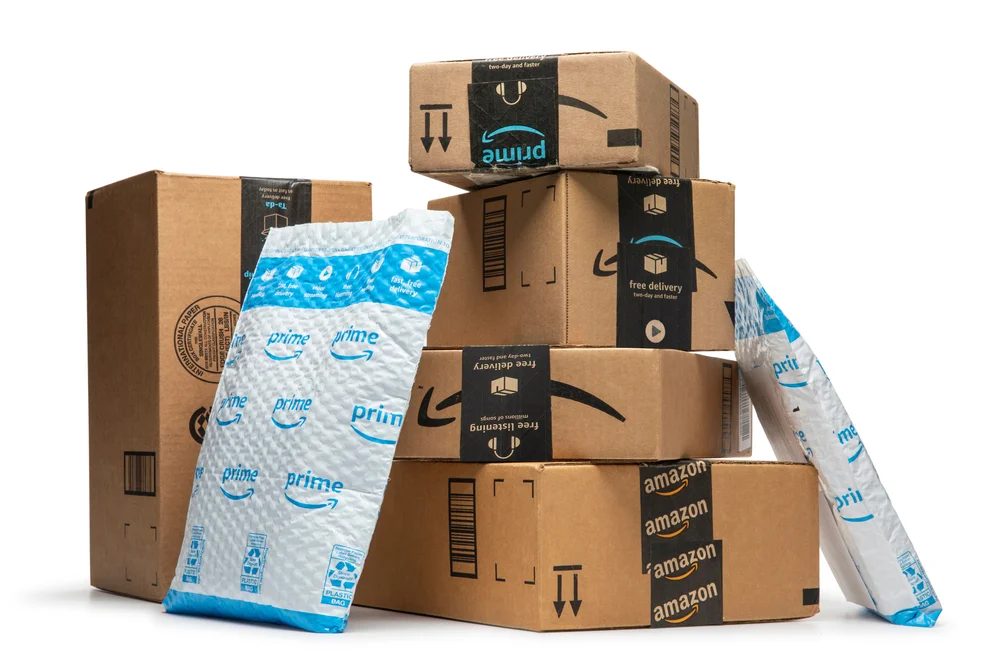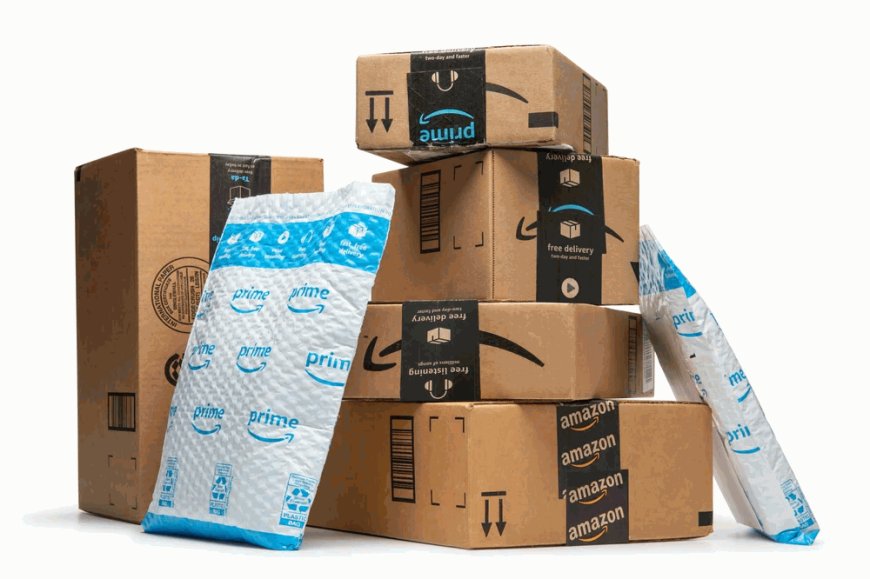The Design Process of Corrugated Box Manufacturers: A Detailed Guide
Discover the detailed design process of corrugated box manufacturers. Learn how quality boxes are designed from concept to completion.

The design process of corrugated box manufacturers is a complex yet fascinating journey. It combines creativity, engineering, and technology to create packaging solutions that are both functional and visually appealing. This guide will take you through the step-by-step process involved in designing corrugated boxes.
Understanding Customer Requirements
The design process begins with understanding the customer's needs. This involves:
- Product Specifications: Knowing the dimensions, weight, and nature of the product to be packaged.
- Protection Needs: Determining the level of protection required based on the product's fragility.
- Branding and Marketing: Incorporating the brand’s visual identity and marketing messages.
- Logistics: Considering the storage, handling, and transportation requirements.
Concept Development
Once the requirements are clear, the design team develops initial concepts. This phase includes:
- Brainstorming: Generating ideas for the box design, including shape, size, and special features.
- Sketching: Creating rough sketches to visualize the ideas.
- Material Selection: Choosing the type of corrugated board (single-wall, double-wall, or triple-wall) based on strength and durability needs.
Prototyping
After finalizing a concept, the next step is prototyping:
- CAD Design: Using Computer-Aided Design (CAD) software to create detailed digital models of the box.
- 3D Modeling: Creating virtual 3D models to visualize the box from all angles.
- Physical Prototypes: Producing a physical prototype to test the design’s functionality and fit.
Testing and Evaluation
The prototype undergoes rigorous testing to ensure it meets all requirements:
- Drop Tests: Assessing the box’s ability to protect the product during drops.
- Compression Tests: Evaluating the box’s strength under stacking pressure.
- Environmental Tests: Testing the box’s performance under various environmental conditions (humidity, temperature, etc.).
- Customer Feedback: Gathering feedback from the customer to refine the design.
Final Design Approval
Once the prototype passes all tests, the final design is prepared for approval:
- Design Review: A thorough review of the design specifications, ensuring all criteria are met.
- Adjustments: Making any necessary adjustments based on testing and feedback.
- Approval: Obtaining formal approval from the customer before proceeding to production.
Production Planning
With the design approved, production planning begins:
- Material Procurement: Ordering the required materials based on the design specifications.
- Production Scheduling: Planning the manufacturing timeline to meet delivery deadlines.
- Tooling Setup: Preparing the cutting dies, printing plates, and other tools required for production.
Manufacturing
The manufacturing phase involves several key steps:
- Corrugating: Producing the corrugated board by bonding linerboards to a fluted medium.
- Cutting and Scoring: Using precision cutting machines to cut and score the board into the desired shapes and sizes.
- Printing: Applying graphics, text, and branding elements using flexographic or digital printing techniques.
- Folding and Gluing: Folding the cut and scored boards into boxes and applying adhesive to secure them.
- Quality Control: Inspecting the boxes for defects and ensuring they meet the design specifications.
Packaging and Shipping
The final stage involves preparing the boxes for delivery:
- Packing: Safely packing the corrugated boxes for shipment to prevent damage during transit.
- Labeling: Properly labeling the packages with relevant information (contents, destination, handling instructions, etc.).
- Shipping: Arranging for the boxes to be shipped to the customer within the agreed timeframe.
Conclusion
The design process of corrugated box manufacturers is a meticulous and collaborative effort. It requires a deep understanding of customer needs, innovative design thinking, rigorous testing, and precise manufacturing. By following these steps, manufacturers can create high-quality corrugated boxes that meet the diverse requirements of their clients. The result is packaging that not only protects the product but also enhances the brand’s image and contributes to a positive customer experience.


 avonpackaging
avonpackaging 










